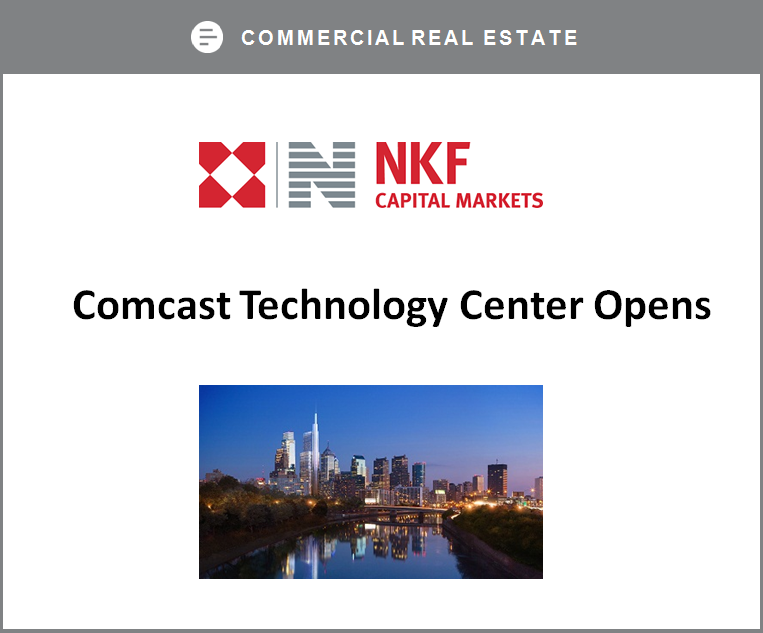Business development companies, or BDCs, help fuel the hundreds of thousands of small- and mid-sized businesses in the United States. These companies provide financing for businesses, usually in the form of loans, to allow for leveraged buyouts, cash to buy other businesses, or to facilitate internal growth.
Main Street Capital (NYSE:MAIN) provides both illiquid debt and equity funding, primarily to lower middle-market companies. What does that mean?
Main Street lends money to or directly invests in smaller, privately owned businesses that typically generate annual sales between $10 million to $150 million. In contrast, larger-scale BDCs, like Apollo Investment, will invest in companies that have revenues ranging from $50 million to $2 billion.

IMAGE SOURCE: GETTY IMAGES.
Main Street Capital: 182 portfolio companies and counting
Main Street says more than 175,000 lower middle-market businesses operate in the U.S. Since these are smaller, often less proven ventures, loans to these entities carry high interest rates. To account for that risk, Main Street's portfolio averages around 11.3%. That's quite an attractive number from the lender's perspective.
In addition to the lower middle market, Main Street has two other business segments. Its private loan strategy issues debt to private companies introduced through strategic relationships or in collaboration with other investment funds. With an average loan size of $10.7 million, the 62 companies in the private loan portfolio make up 25% of the total portfolio.
Next, Main Street provides debt to larger middle-market companies. These bigger, more stable businesses help generate consistent income to support the dividend. Main Street put nearly $550 million to work in 52 companies, resulting in a weighted average yield of 8.9%.
As of the end of the last quarter, Main Street's portfolio included 182 companies from more than 50 industries. Talk about diversification! This should smooth out any rough patches as various industries cycle through prosperous and challenging times.
How does Main Street get paid?
Loans make up the lion's share of the investment portfolio. Main Street receives regular installment payments over the life of the loan, just as you would expect with a mortgage or car payment.
Monetizing the equity investments, however, remains quite a different story. Owning shares in a company means that Main Street is a partial owner. Its average ownership stake is 41%. To make money as an equity owner, the portfolio company needs to either issue a dividend to its shareholders or sell the company.
On the third-quarter conference call, Main Street's president and chief investment officer, David Magdol, highlighted that portfolio companies paid $33 million in dividends over the past 12 months. Two-thirds of the equity investments pay out dividends. Additionally, four companies were sold so far in 2019.
The timing of new investments and portfolio-company sales can be "lumpy" -- to use Magdol's words. Therefore, company sales should be viewed as extra upside rather than a core business. While four companies were sold this year, Main Street's portfolio includes 67 equity ownership positions. The holding period for investments can last many years.
As of the end of the last quarter, the investment portfolio included 182 companies from more than 50 industries. Talk about diversification! This should smooth out any rough patches as various industries cycle through prosperous and challenging times.

IMAGE SOURCE: GETTY IMAGES.
Is the dividend vulnerable?
Simply put, BDCs raise capital through debt and equity and then turn around to lend it out at a higher interest rate. BDCs pocket the difference between the borrowing and lending rates. Main Street adds more upside and risk when it takes sizable equity stakes in its portfolio companies. Taken together, though, Main Street has grown its dividend and net asset value.
Main Street distributes dividends monthly and issues a supplemental dividend twice a year. Currently, the dividend yields $0.205 per share monthly, with a supplemental dividend of $0.24 per share. Assuming those remain constant, that equates to $2.94 in dividends (12 x $0.205 plus 2 x $0.24) over the next 12 months. That's a 6.8% yield on a stock trading around $43.
Main Street paid off a $175 million loan this month. In December, it added another $75 million in debt to the $150 million loan financing it took out in April of 2019. The additional financing and the company's credit line of $750 million ensure that enough cash remains in the company's coffers to execute on its business.
Further, Main Street raised $9.3 million in the third quarter through its at-the-market (ATM) equity issuance program. For the first nine months of the year, Main Street netted $53.8 million by using the ATM.
This type of program is quite simple. The issuer, in this case Main Street, allocates a certain number of shares that it's willing to potentially sell. It provides great flexibility since the issuer can then decide when, how much, and at what price it will sell the shares into the market. It doesn't have to happen all at once. Main Street has effectively used ATMs to raise capital as far back as 2015.
Main Street claims its internal management delivers significant cost advantages relative to its BDC peers and commercial banks. Its operating costs as a percentage of total assets was roughly 1.25%. For its BDC peers with over $500 million in total assets, that number exceeded 3%.
Commercial banks fared a bit better at approximately 2.5%. Main Street doesn't pay external management fees and boasts that its internal managed structure aligns the interests of management with shareholders.
Based on its track record of performance, Main Street appears to be a solid dividend-yielding investment. Smart financial maneuvering should maintain the dividend in the future.
Of course, economic headwinds, such as a recession, could impair some of its portfolio, creating pressure on both the dividend and stock price. However, the diversification across business segments, industries, and mix of debt and equity components should enable Main Street to flourish and weather any storms.









